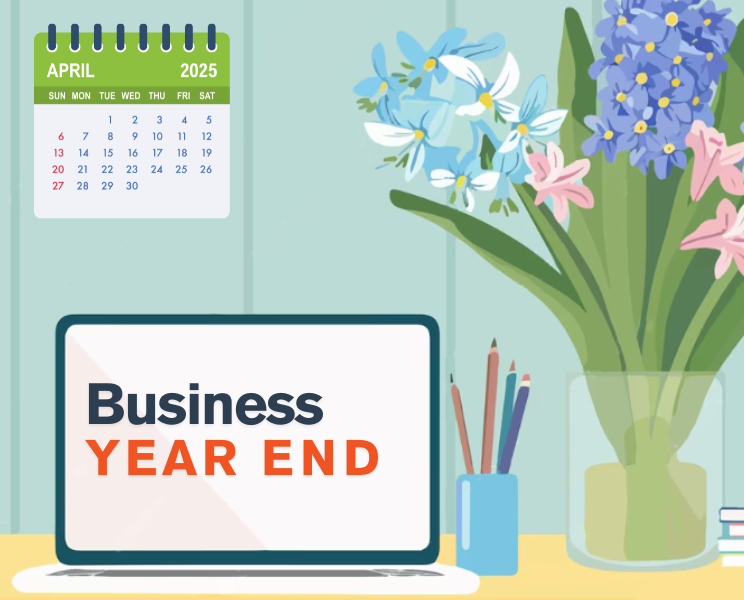How to help employees avoid burnout
In recent years cases of burnout have been increasing, particularly after the pandemic where the lines between home and work life became blurred. It is now estimated that employee burnout is one of the leading reasons for the ‘Great Resignation’ and is costing businesses £700 million and 80 million working hours a year as staff call in sick. With an estimated 79% of UK workers experiencing burnout, it’s essential that employers recognise the symptoms and tackle the issue. Here’s a guide by Bespoke HR on how to help employees avoid burnout.
What is burnout?
Burnout is a state of physical and emotional exhaustion. It can come about if an employee has experienced long-term stress in their job, or has been physically or emotionally drained for a long time delivering their role. It is known that whilst burnout is as a result of stress, they are actually two different conditions. Burnout is a globally recognised condition, and according to the World Health Organisation (WHO) common symptoms include:
- feelings of energy depletion or mental exhaustion
- increased mental distance from one’s job
- feelings of negativism or cynicism related to one’s job
- reduced professional efficacy
Types of burnout
There are thought to be three types of burnout:
1) Neglect burnout
People can feel helpless if they don’t believe that they have a sense of purpose or are able to make a difference at work. Additionally, employees are likely to burnout if they believe their workload is too big or complex.
2) Overload burnout
Thought to be the most common type of burnout, this type of burnout is when you attempt to work at a rate that is not sustainable long term, with the goal of success, recognition, or financial reward.
3) Under-challenged burnout
If employees don’t feel sufficiently engaged and/or stimulated by their role, then they are likely to lose interest and burnout.
Stages of burnout
As it’s a progressive condition, burnout can creep in slowly. This means it’s hard to spot until the employee has reached the point where they feel totally overwhelmed. For employers, being able to spot the stages and signs means that they can make early interventions.
1) Honeymoon stage
An employee has just started a new role. They are keen, energised and want to make a good impression. However, the honeymoon period rarely lasts. It can be extended though by developing healthy habits instead of unhealthy ones which will be hard to break in the future.
2) Balancing act
Some days are good, but others are bad. It may take more out of the employee to keep up with the level of performance they gave in the honeymoon stage. The employee may start experiencing common symptoms of work-related stress.
3) Chronic stress
The employee will start to experience more bad days where they experience stress, compared to good days. Employees may start to show signs of chronic stress such as not completing tasks as well as before, increased procrastination and taking off more sick days. Employees are also likely to feel exhausted, depressed and doubt things will change.
4) Burnout
If the employee has not addressed the previous stages, then they will become burnt out. Employees will have reduced energy levels, increased cynicism, increased procrastination and be more likely to miss deadlines.
5) Habitual burnout
If left untreated, burnout will become the employee’s new normal, and reach a point where they might not be able to remember a time before burnout. At this point, an employee may be diagnosed with anxiety and/or depression.
Causes of burnout
According to Ceridian’s Pulse of Talent Report, the top three catalysts for burnout among respondents are increased workloads (49%), mental health challenges (34%), and pressure to meet deadlines (32%).
Consequences of employee burnout
Failing to identify, prevent or address burnout can have consequences for employers. This impacts motivation and productivity, leading staff to feel disillusioned. In many cases, it can lead to employees leaving their jobs, and in some cases claims of discrimination.
How to help employees avoid burnout
In order to avoid an increase in employee absenteeism or resignations, employers should address burnout within their workforce and work with employees to help support them.
Prevention is better than cure
Prevention is always preferable over cure, so engaging with employees regularly to discuss how they are feeling and getting on at work, can help managers judge employees’ stress levels in order to collaboratively develop a plan to minimise the feelings and risk of burnout.
- Avoid scenarios where staff feel pressured into working long hours or are taking work home with them
- Ensure employees can take rest breaks and annual leave
- Review your HR policies to ensure they offer flexibility. Consider Bespoke HR‘s free HR healthcheck if you’re unsure
- Create a safe environment where employees feel they can trust you and that everything will be treated confidentially
- Introducing Mental Health First Aid training for employees can help increase awareness within the business and create a culture of support. Talking about mental health in general, and not to specific people can also help tackle the issue without singling any one individual out
- Teach your staff about mental health, introduce guest speakers to team meetings or give them access to webinars or other resources which can help. This will help reduce the stigma and create greater awareness in the business
- Offering access to wellness or employee assistance programmes (EAPs) can really help employees with burnout as they can receive professional help and guidance, and it can also encourage them to seek help before they reach an extreme level of burnout. Businesses can no longer view wellness platforms as an optional perk of the job, but rather as a necessity to help ensure they have a healthy workforce
- Learn the signs to look for and how to spot them, at this stage, you can step in and have the conversation
Step in and address the issue
- If you suspect an employee is struggling, you will need to step in and work collaboratively with them. Create an action plan, ensuring that they have their say, and that they know they are not alone in addressing the problem
- Actively work to address a workload that may be overwhelming through delegation
- Create open and transparent two-way communication
Useful resources
- Mind has a series of wellness action plans that are free to download
- How to support staff experiencing a mental health problem – free booklet from Mind
- Headspace for work is a science-backed meditation and mindfulness solution for the workplace
- Startwell is MHFA England’s new workplace mental health diagnostic service
- Wellness Cloud has a library of engaging resources and a mental health app to support staff wellbeing
- WeThrive offer staff surveys to gauge how your employees are feeling
- Read Bespoke HR’s round-up of useful resources for employee wellbeing



